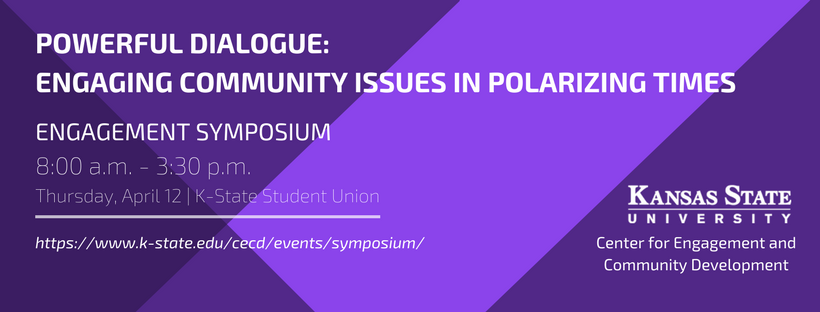
2018: Powerful Dialogue – Engaging Community Issues in Polarizing Times
Presentation Title
Designing Healing Environments for the Wounded Warriors: A Service-Learning Project
Keywords
community engaged scholarship, leadership, military veterans, health care
Description
By the end of 2015, more than 1.5 million Iraq and Afghanistan war veterans have returned home. Among these soldiers, more than 300,000 service members suffer from Traumatic Brain Injury (TBI). As many as 400,000 service members live with combat-related stress, major depression, and Post-Traumatic Stress Disorder (PTSD). These soldiers require specialized healthcare services to overcome trauma, stress and physical injuries, and rehabilitation services including accessible housing and vocational training as they transition into civilian life. In this presentation, we present why rethinking the “traditional way” of providing healthcare for these veterans is needed, and students’ design efforts are presented to change this situation. Final design examples of this project demonstrate how designers can become “change agents” in society today and save lives. We discuss why a shift in design-thinking is required to generate innovative paradigms to fulfill future rehabilitation and healthcare needs of veterans.
Creative Commons License

This work is licensed under a Creative Commons Attribution-Noncommercial-No Derivative Works 4.0 License.
Designing Healing Environments for the Wounded Warriors: A Service-Learning Project
By the end of 2015, more than 1.5 million Iraq and Afghanistan war veterans have returned home. Among these soldiers, more than 300,000 service members suffer from Traumatic Brain Injury (TBI). As many as 400,000 service members live with combat-related stress, major depression, and Post-Traumatic Stress Disorder (PTSD). These soldiers require specialized healthcare services to overcome trauma, stress and physical injuries, and rehabilitation services including accessible housing and vocational training as they transition into civilian life. In this presentation, we present why rethinking the “traditional way” of providing healthcare for these veterans is needed, and students’ design efforts are presented to change this situation. Final design examples of this project demonstrate how designers can become “change agents” in society today and save lives. We discuss why a shift in design-thinking is required to generate innovative paradigms to fulfill future rehabilitation and healthcare needs of veterans.

